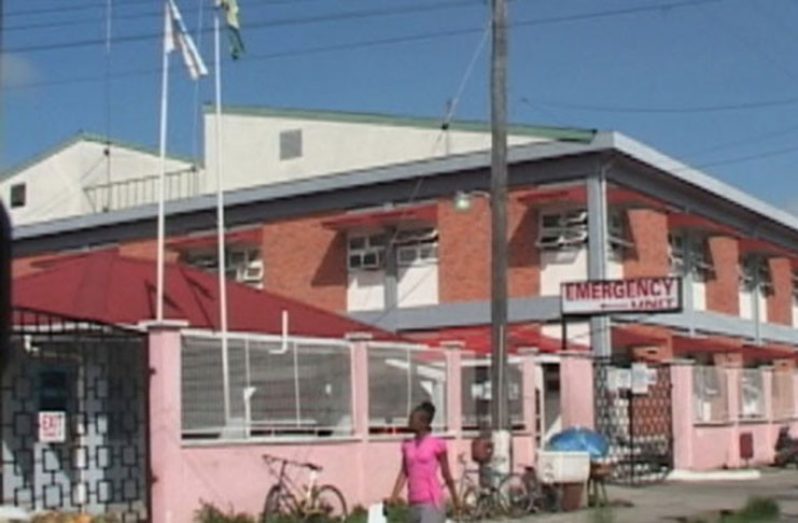—calls for better remuneration package for nurses
THE Parliamentary Sectoral Committee on Social Services has said that the Accident and Emergency Department of the Georgetown Public Hospital (GPHC) should be boosted by 30 doctors and nine nurses to ease the burden faced by the department. It is estimated that doctors at the department see about 100 to 200 patients per day.
The committee, chaired by Member of Parliament Dr. Vindhya Persaud, had visited the GPHC on May 3, 2017. Members of Parliament, Valerie Garrido-Lowe, Dr. Karen Cummings, Alister Charlie and Dr. Vishwa Mahadeo also form part of the Sectoral Committee on Social Services.
In its report to the National Assembly, the committee explained that in seeking to have an understanding of the operational procedures of the hospital, it was discovered that the A&E Department was faced with overcrowding and a shortage of staff.
Head of the A&E Department, Dr. Zulfikar Bux, had informed the committee that the unit was equipped with three Electrocardiograph (ECG) Machines, 18 monitors, and 18 beds which cater for approximately 60 to 100 patients.
At the time, the unit was staffed with 16 doctors who were assisted by nurses. According to Dr. Bux, the doctors see about 100 to 200 patients per day which include referrals, noting that the Triage Unit provides a 24-hour service and each shift has one doctor and one nurse.
“Overcrowding, shortage of staff, shortage of drugs, poor maintenance of equipment and inadequate space were among those highlighted,” the report stated, while noting that these challenges affect the delivery of the quality of health care services provided to the public.
The Parliamentary Sectoral Committee on Social Services pointed out that in addressing the issue of shortages of doctors and nurses, Dr. Bux noted that the department had been striving to meet its full staff complement. The shortage of nurses in the department has led to the development of the Residency Nursing Programme, since support from the nursing service has not been forthcoming. But the shortage of nurses is not limited to the A&E Department, since there is a shortage across the entire country.
In response, the committee has recommended that the A&E Department be boosted with 30 doctors and nine nurses. Coupled with that, it has urged that the remuneration package for nurses be reviewed in order to retain them.
The committee has also called for the department to be equipped with a trained specialist or expert for the maintenance of its machines and equipment. Dr. Bux had noted that difficulties have been encountered in repairing the equipment on the basis that the country lacks qualified persons in that field.
Putting security systems in place to protect staff against unruly patients, expansion of the unit, and the inclusion of a lab in the department are among the other recommendations made by the Parliamentary Committee.
The hospital’s pharmacy was another area of interest. During the tour, the committee was informed that there were shortages of drugs in the month of April, which included: immunoglobulin, midazolam, forthane, lente insulin, aspirin and metoprolol.
It was explained that the department procures drugs upon checking the “Bin Cards” which determine the amount of drugs that are required on a quarterly basis. The system helps to avoid expired drugs in the system by sending drugs to other facilities long before the expiry date.
Weighing in on the issue, GPHC Finance Director Ronald Charles noted that there was a procurement procedure that was being followed to procure the drugs. According to him, GPHC has four suppliers namely: IPA, Global, New GPC and Ansa McAL. However, if the suppliers do not have the drugs requested, then orders are made at other private facilities or overseas in order to meet the pharmaceutical needs.
It was on this note that the Parliamentary Committee advised that proper forecasting be done, noting that drugs should be pre-ordered 18 months prior to the expected date of need for medications.



.jpg)








